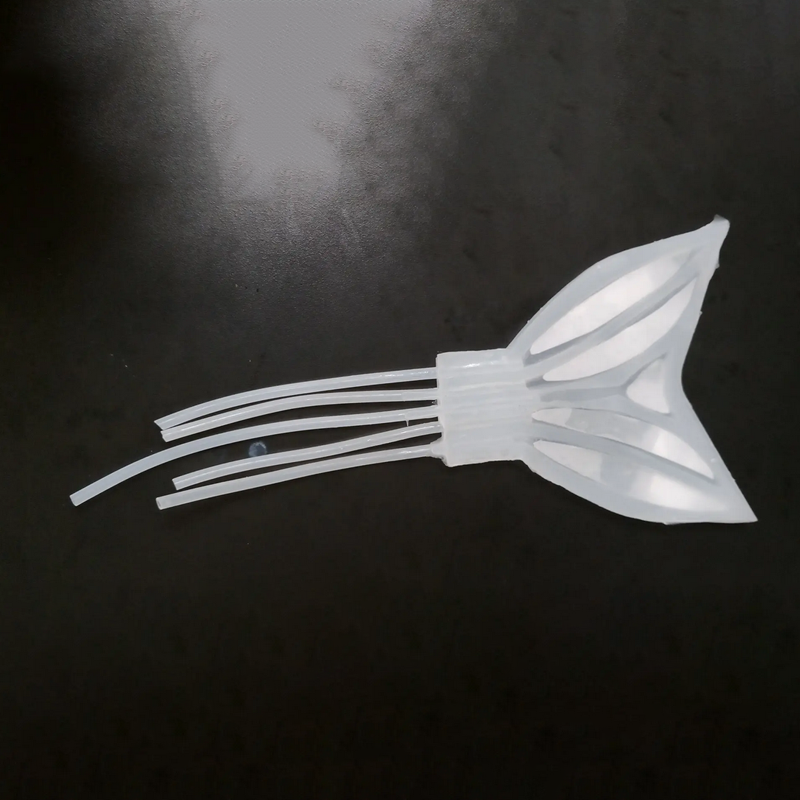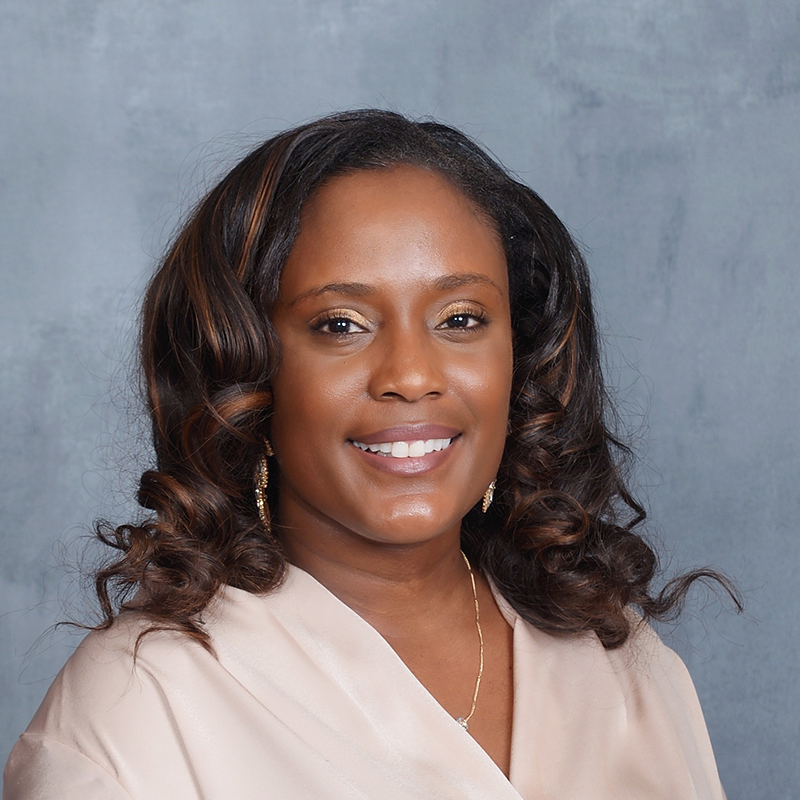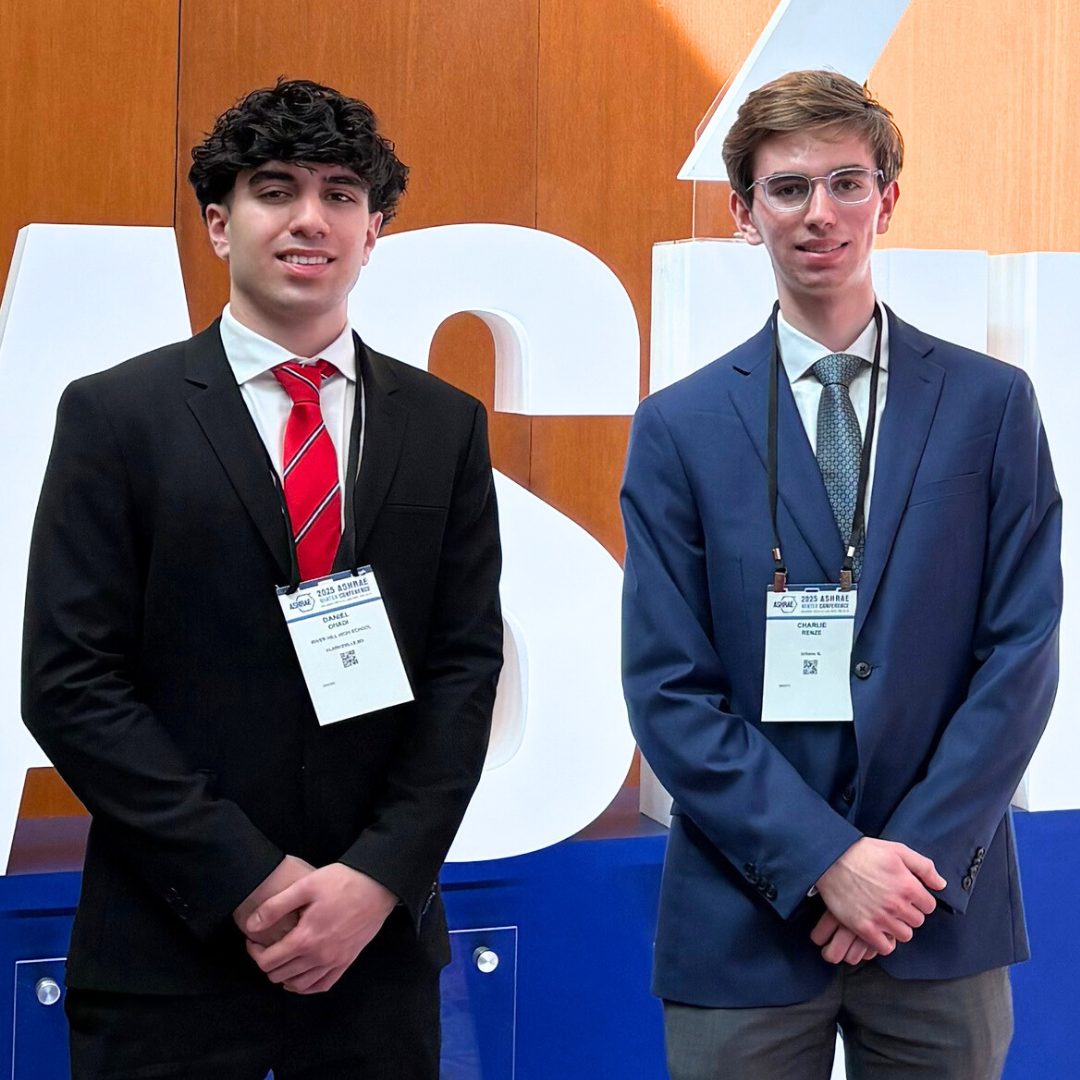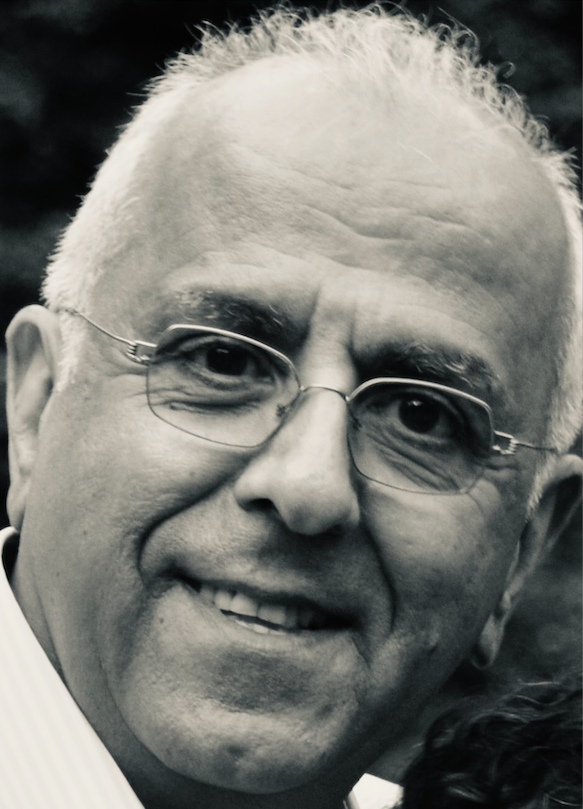No article found or not published for this site.










Recent Stories
Stories / Apr 2, 2025
Tuna-Inspired Mechanical Fin Could Boost Underwater Drone Power

Stories / Mar 28, 2025
How One Alumna Engineers Better Housing for Baltimore

Stories / Mar 28, 2025
How an Engineer Became an Affordable Housing Leader

Stories / Mar 27, 2025
A Maryland Education for a Global Engineering Career

Stories / Mar 27, 2025
CEEE Interns Present Analysis of Energy-Saving Opportunities at...

Stories / Mar 27, 2025
Azarm Chairs ASME TCPC, Receives Dedicated Service Award

Stories / Feb 12, 2025
PHARENHEITS Program Could Yield Cooler Chip Stacks

Stories / Feb 11, 2025
Maryland Applied Graduate Engineering Launches Cutting-Edge AI...

Stories / Feb 3, 2025
The Clark School Celebrates the Legacy and Impact of Black...

Stories / Jan 29, 2025
In Memoriam: Reinhard Radermacher
